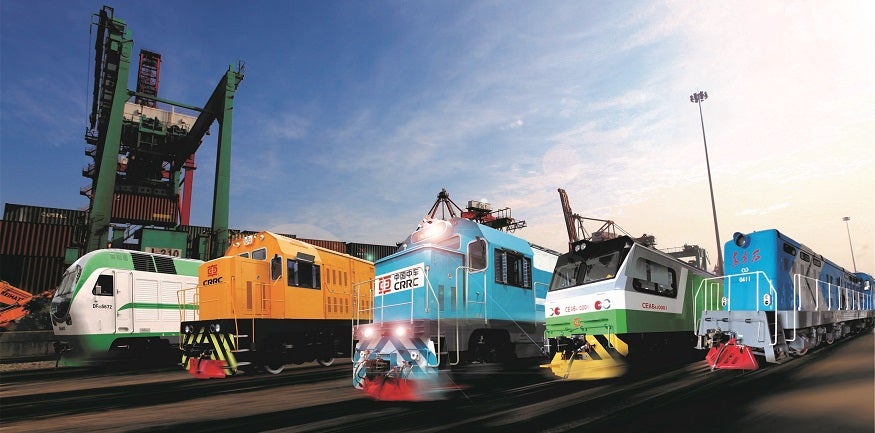
With the rapid development of industrialization and urbanization, as well as the global population growth, the massive use of fossil energy has caused the continuous accumulation of greenhouse effect, resulting in global climate warming, threatening the survival of human beings. In order to cope with global climate change, the 21st United Nations Climate Change Conference (Paris Climate Conference) adopted the Paris Agreement on December 12, 2015, which set the goal of “limiting the rise of global average temperature to less than 2°C over the pre-industrial period, and striving to limit the rise of temperature to less than 1.5°C”.
Global rail transit traction is dominated by diesel locomotive, while traditional diesel locomotive is powered by diesel engine, which has become the main carbon emission source and pollutant emission source of rail transit mobile equipment. In addition, the idling and standby time of diesel locomotive is long, frequent load changes and large noise, resulting in serious fuel waste, inadequate fuel combustion, poor emissions, noise and affect the comfort of driver and crew.
In order to reduce locomotive carbon emission and pollutant emission, there are several solutions as follows:
- Power system using diesel engine + power battery system or pure power battery system, implementation of renovation projects on newly built locomotives or old diesel locomotives, so that the technology has been mature application. According to the application data, compared with diesel locomotive, when diesel engine of hybrid locomotive with diesel engine + power battery system working in the high efficiency range, the fuel consumption and carbon emission of hybrid locomotive can be reduced by 30%~50%, the pollutant emission can be reduced by 40%~80% and the influence time of diesel engine noise can be reduced by more than 80%. For pure power battery locomotive, it can achieve zero emissions, and be regarded as a “silent” locomotive.
- The power system uses hydrogen fuel cells or hydrogen engines to achieve zero emissions. Due to the high cost, the locomotive, which the power is above 1,000kW and equipped with hydrogen filling equipment, is mainly in the test stage and has not been used in batches.
- The diesel engine with high emission standard is used as the power, while the tail gas post-treatment can be increased, the carbon emission effect is not obvious, and the pollutant is reduced by more than 10%.
- Transformation into electric locomotive line, the use of electric locomotive can achieve zero emissions.
- Using dual-fuel or pure natural gas locomotive can reduce carbon emission by about 5% and reduce particulate emission by 90%.
CRRC Ziyang Co., Ltd. (hereinafter referred to as “CRRC Ziyang”) started research in the field of hybrid locomotive in 2005, and completed the development of hybrid locomotive or pure electric locomotive platform of 200kW-2,500kW grade, realizing the batch delivery. In the field of dual fuel, CRRC Ziyang has completed the development, test and application assessment of prototype, and can realize the mass production according to market information.
In the field of hydrogen engine, hydrogen internal combustion engine and so on, CRRC Ziyang has completed the technical proposal research, and can realize the product development according to customer demand.
It is the social responsibility of every rail transit equipment enterprise to protect the environment on which human beings live and create green products. As a leader in green transportation, CRRC Ziyang provides the locomotive solutions of energy-saving and emission reduction according to customers’ requirements, creating economic value and social benefits for customers.


